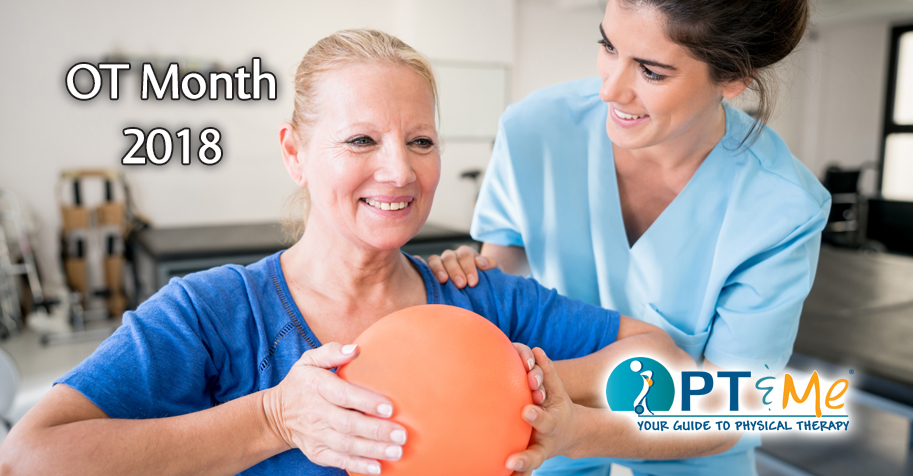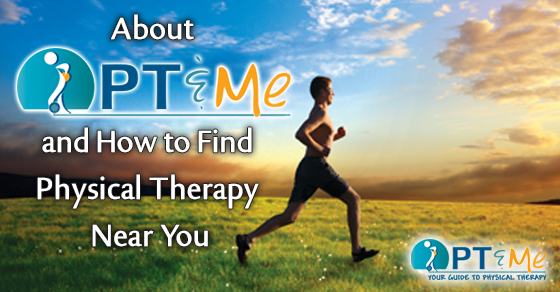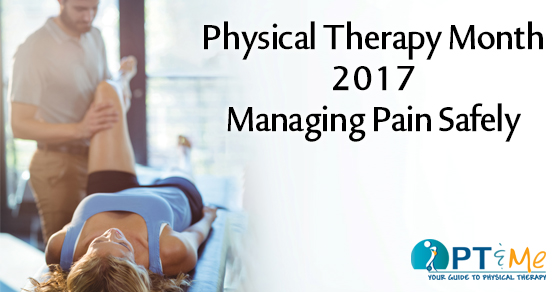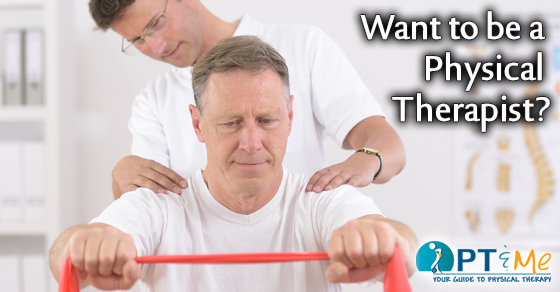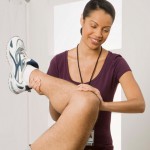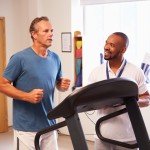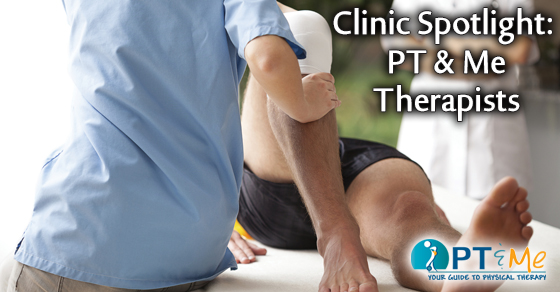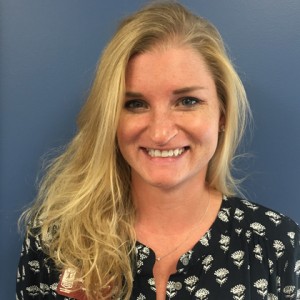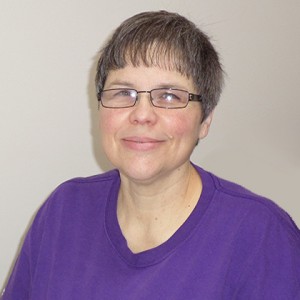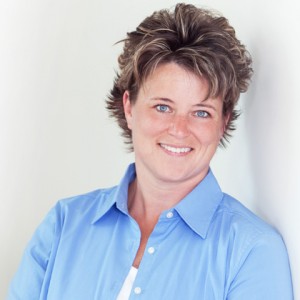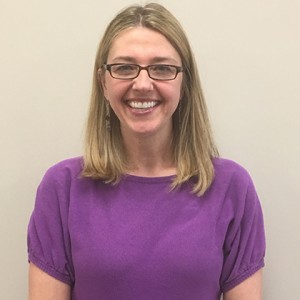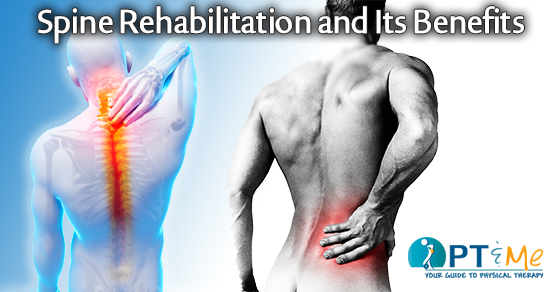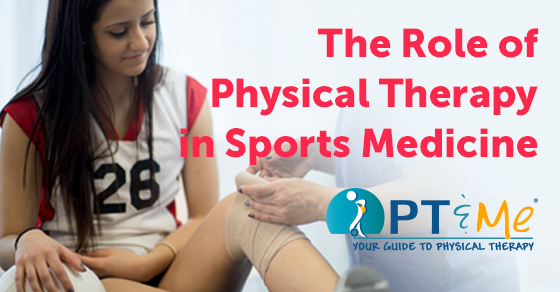
Sports medicine through physical therapy comes in many forms. Many clinics keep licensed athletic trainers on staff that will go on-site to schools and other sporting events to act as an initial caregiver at the time of an injury. If an injury occurs, you may be referred to physical therapy. From there, your physical therapist will have an array of different programs tailored to your specific type of injury, the severity of the injury, and your fitness level. However, you don’t have to wait until you have an injury to get help from a physical therapist. Sometimes the best medicine is prevention.
WHEN YOUR BODY EXPERIENCES PAIN:
- It’s telling you that something is wrong
- Your body can accommodate the pain, but eventually, a breakdown will happen
- While you accommodate to your pain, weakness and stiffness begins
- Once you have a breakdown, pain will happen and more than likely you will stop training
Some ways physical therapists help athletes from experiencing an injury:
Sports Injury Prevention Programs: Physical Therapists offer classes and/or programs geared to specific injuries. Commonly offered programs are geared towards ACL Injury prevention, Golf Strengthening (TPI), Running Injuries, and more.
Gait Analysis for runners: A three-dimensional video assessment of a runner’s biomechanics using a state-of-the-art motion analysis system. See yourself run at variable speeds from five different camera angles. An athlete can learn how to prevent injuries and improve performance through increased cadence and strengthening/stretching.
Functional Movement Screenings (FMS): One way to determine physical weaknesses is to perform the Functional Movement Screen. FMS is an innovative system used to evaluate movement pattern quality for clients and athletes. The functional movement screen is used to identify and correct weaknesses in the movement and strength of athletes.
ONCE AN ATHLETE DOES EXPERIENCE AN INJURY, PHYSICAL THERAPY MAY INCLUDE:
- Education on faulty or improper posture or body mechanics with training
- Education and help with technique on exercises that help your muscles stretch farther
- Flexibility training helps prevent cramps, stiffness, and injuries, and can give you a wider range of motion
- Correction of muscle imbalances through flexibility and strength training
- Endurance training
- Kinesiotaping
- Alleviation of pain
- Correction of improper movement patterns
If you are in need of sports medicine physical therapy, we have licensed professionals throughout the country.

